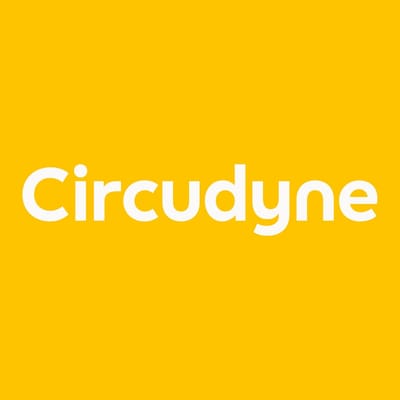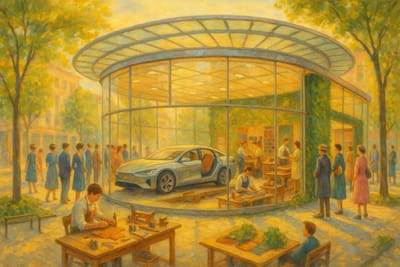The Road to a Circular Future Runs Through Brands
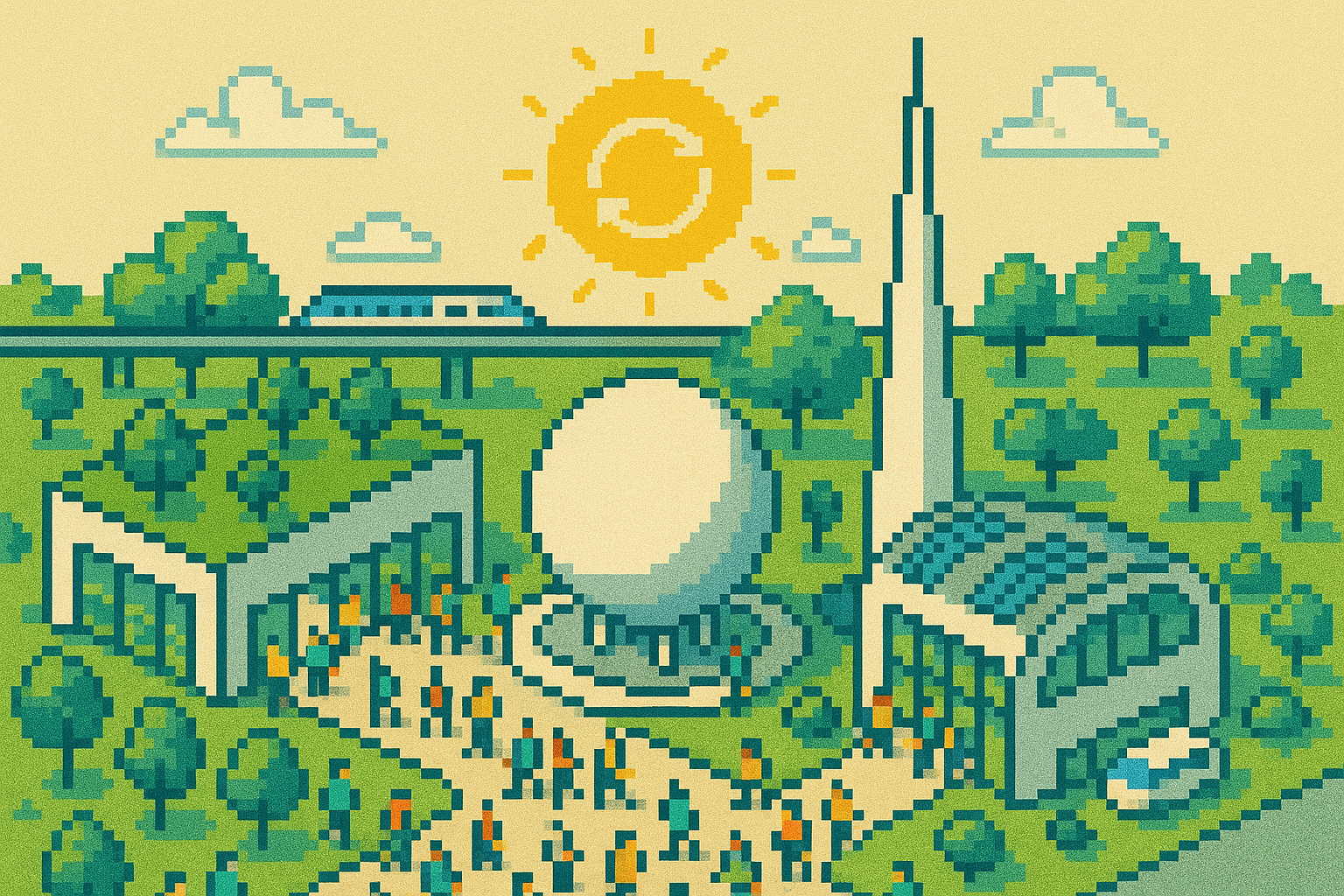
When this letter is published, NYC Climate Week will be underway. I’ve been asked to speak on one of Circudyne’s core themes: The Road to the Circular Future Runs Through Brands. In this essay, I’d like to preview that discussion and add a few details that were cut for time.
Our Moment
We live in a time of extraordinary contradiction. On one hand, humanity faces concurrent and unprecedented crises: climate disruption, biodiversity collapse, resource depletion. On the other hand, our culture drifts as though nothing is wrong. We are not galvanizing to meet the moment.
Part of the paralysis is the absence of a shared vision of what winning this moment should look like. There is no call to imagine our “broad, sunlit uplands.” We are not only distant from the future we desire; we are unsure what that future even is. This absence of collective mythology breeds cultural fatigue—ennui at best, nihilism at worst.
History shows that brands—when they act with imagination, purpose, and narrative—can help stitch together a shared vision of a better society. In moments of discontinuity, they have built (and rebuilt) the myths that carry people forward.
The circular economy offers a better future. And the road to it runs through brands.
Circularity Needs a Myth
The circular economy is more than recycling or waste diversion. It is systemic redesign: shifting from “take-make-dispose” to regenerative models of reuse, repair, and renewal. It replaces extraction with value creation across the lifespan of products and systems. Circularity is sustainability as performance: products that endure, systems that renew, economies that flourish.
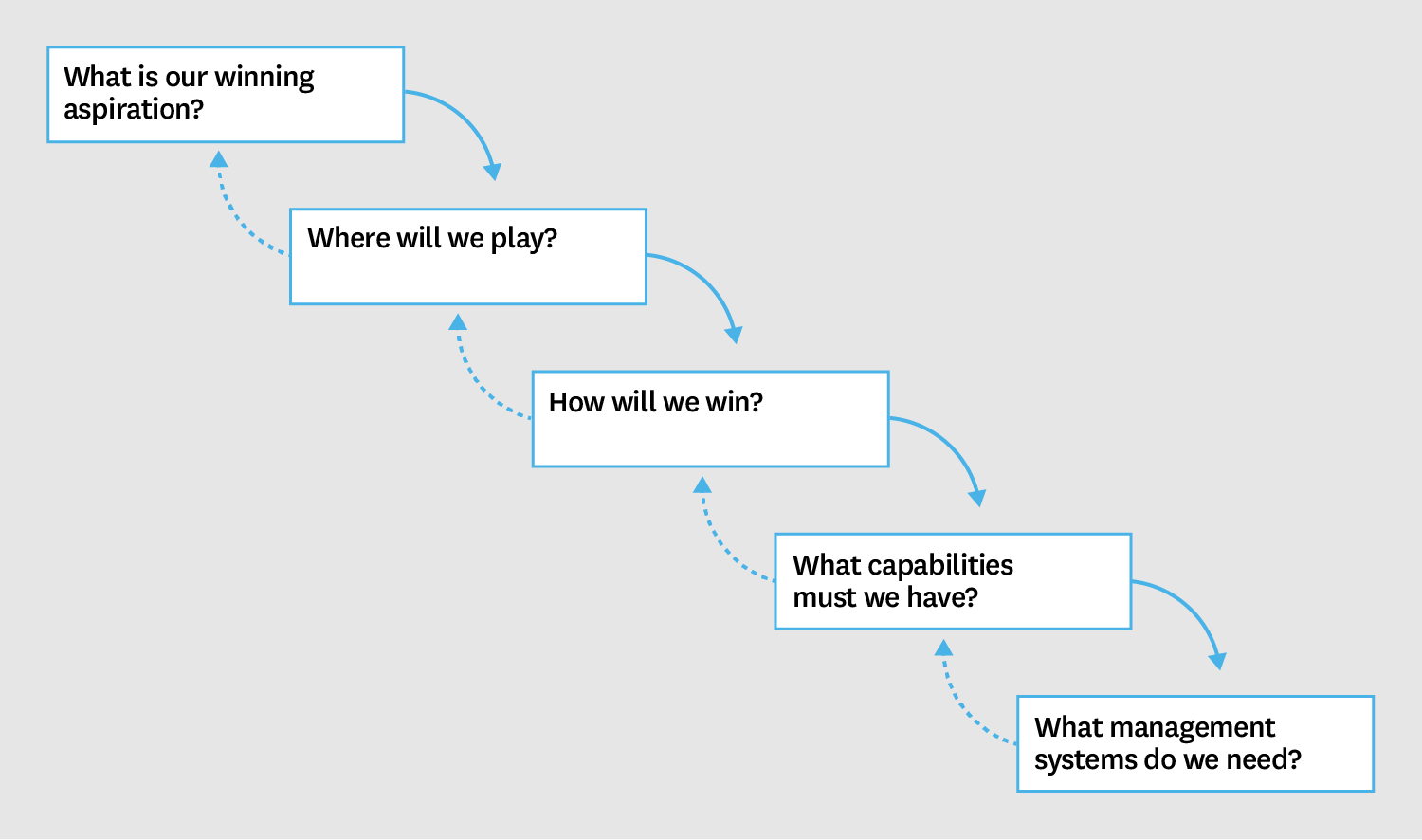
Recall Roger Martin’s Strategy Choice Cascade: technology and How-to-Win are only two elements of vibrant strategy. What is missing today, on a cultural level, is the Winning Aspiration—a collective story of what circular living feels like. Without it, circularity risks being understood as technical compliance, not as a cultural objective. And that is where myth comes in.
As Douglas Holt has shown, brands become iconic when they bridge the gap between how people feel they ought to live and their perception of how they do live. When that gap widens, cultural mythology frays. Brands have a history of resetting mythological narratives. They do it by supplying a convincing vision: something people can see, touch, and believe in.
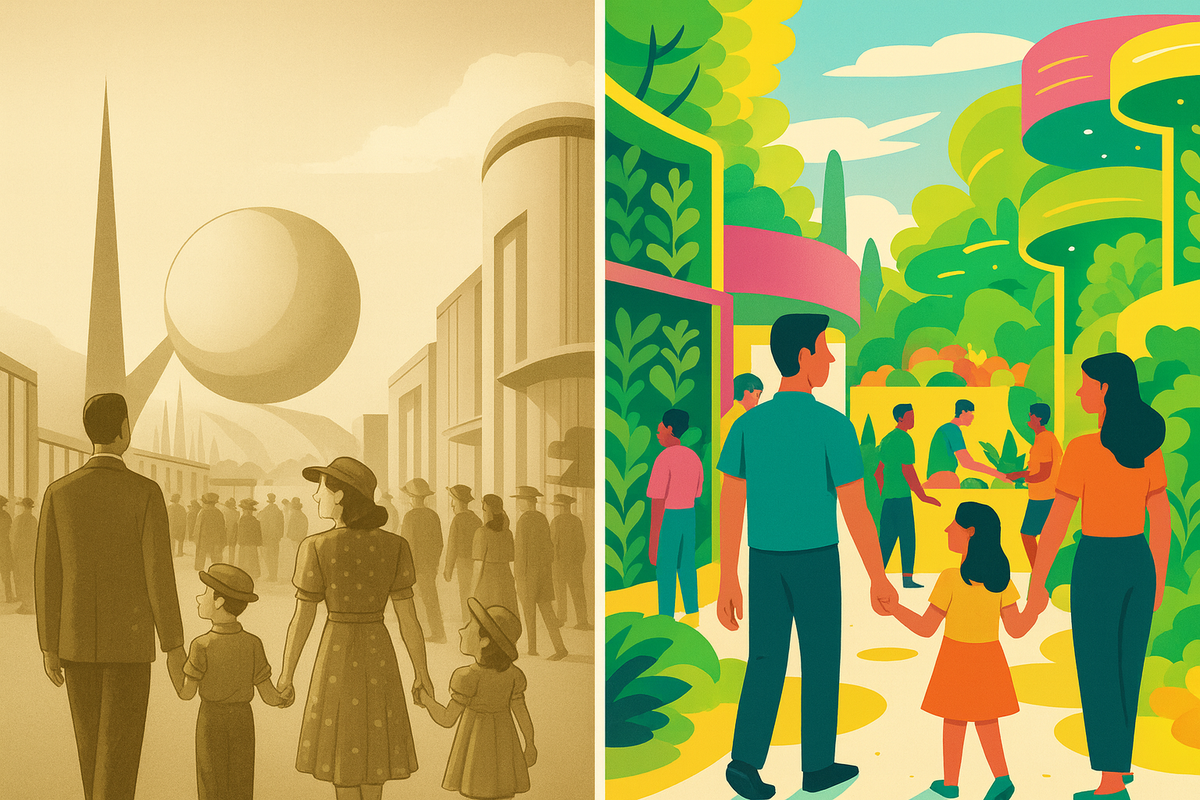
The Lesson of 1939
For a historical parallel, look to 1939. America was climbing out of the Great Depression. A war raged in Europe. Conditions were bleak:
- Life expectancy was 63 years.
- Infant mortality stood at 60 deaths per 1,000 live births.
- GDP per capita was about $10,000 in today’s dollars.
And yet, 45 million Americans—a solid third of the nation’s population of 131 million—streamed through the gates of the New York World’s Fair. They came not to dwell on hardship but to experience a shared embrace of a better future.
The Fair’s exhibits showcased emerging technologies:
- RCA and NBC broadcast television for the first time.
- Carrier built the “Igloo of Tomorrow,” promising indoor climate control and comfort.
- General Motors’ Futurama and Ford’s Road of Tomorrow envisioned highways, suburbs, and mobility.
- GE and Westinghouse presented model homes, electric appliances, even Electro the robot.
These brands gave Americans something tangible to build a dream on. And within a generation, Americans transformed their reality to match that dream: televisions in the living room, interstates crossing the continent, air conditioning in workplaces and homes, refrigerators and washing machines eliminating “household drudgery.”
The American Dream was not an abstraction. It was built from the ingredients brands placed on display in 1939.
Our Vacuum Today
Fast-forward to 2025. Our technological capacity is greater than ever. Capabilities from emerging AI developments appear limitless. The ingredients for an aspirational, delightful circular future are lining up. Yet despite this progress, there is no unifying mythology: “how people like us will live in the circular world of tomorrow.”
Instead, we encounter fragmented visions: collapse scenarios, incremental reforms, luxury sustainability for the privileged few. The gap between how people feel they ought to live and how they actually live grows wider.
The result is not progress but drift. Without a mythology to animate it, circularity risks remaining a specialist’s concept rather than a society’s aspiration.
And meanwhile, our collective mood slouches from ennui to nihilism. We deserve better.
Why Brands Matter Now
This is why it falls to brands to lead.
- Narrative builders. Brands tell stories. They can describe what circular living looks and feels like, not just what it technically is.
- Experience makers. Brands are where people physically touch the future. A product’s design or a service’s experience can prefigure circularity in daily life.
- System integrators. Brands have the reach to re-engineer supply chains, build ecosystems, and close loops at scale.
- Legitimacy generators. By visibly committing to circularity, brands normalize new practices and help anchor culture around them.
When brands align imagination with execution, they become cultural mythmakers. And myths are what cultures bank their futures on.
The conclusion explores what brands must do to lead circular transformation: design for generative value rather than reduced harm, tell grounded stories that show how circular living feels, create new symbols for progress, and commit long-term to building cultural mythology. This section outlines the practical steps for brands ready to help society win the Circular Century.
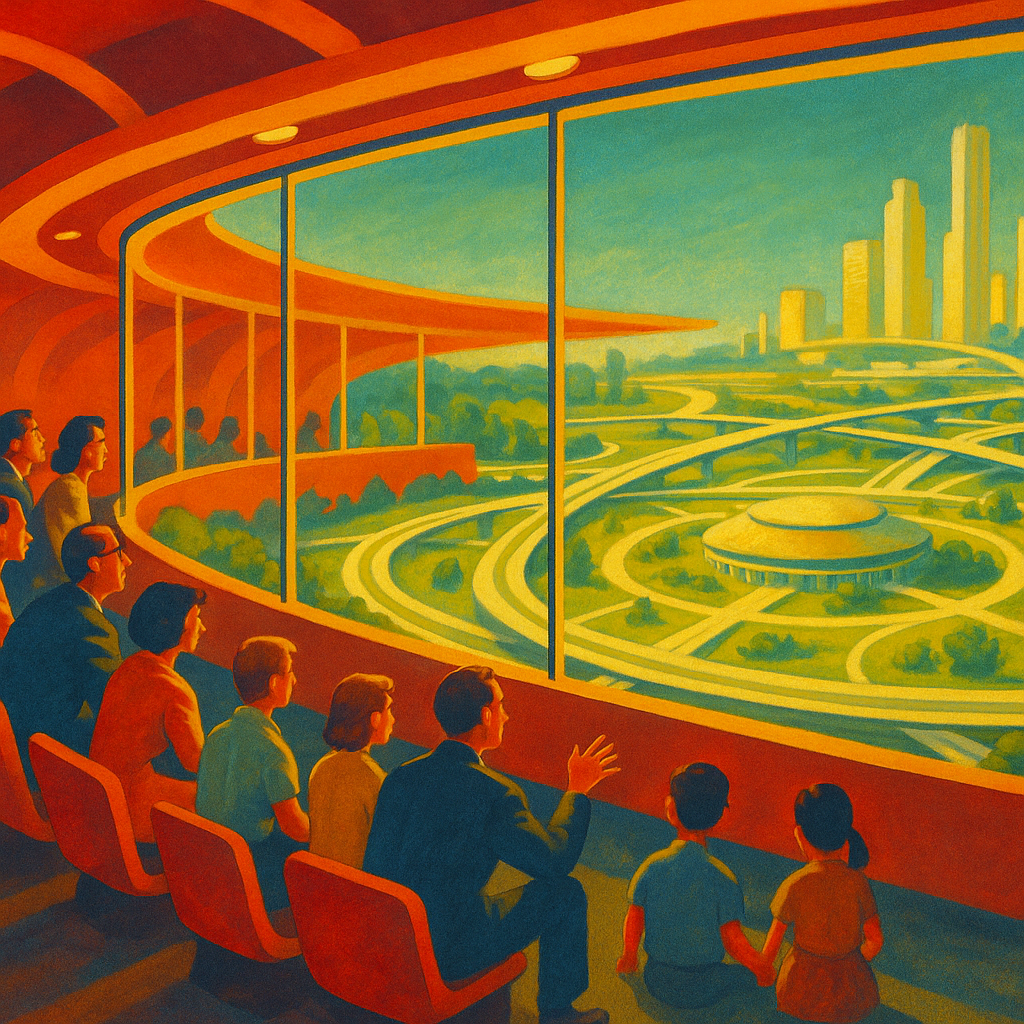
Subscribe to continue reading
